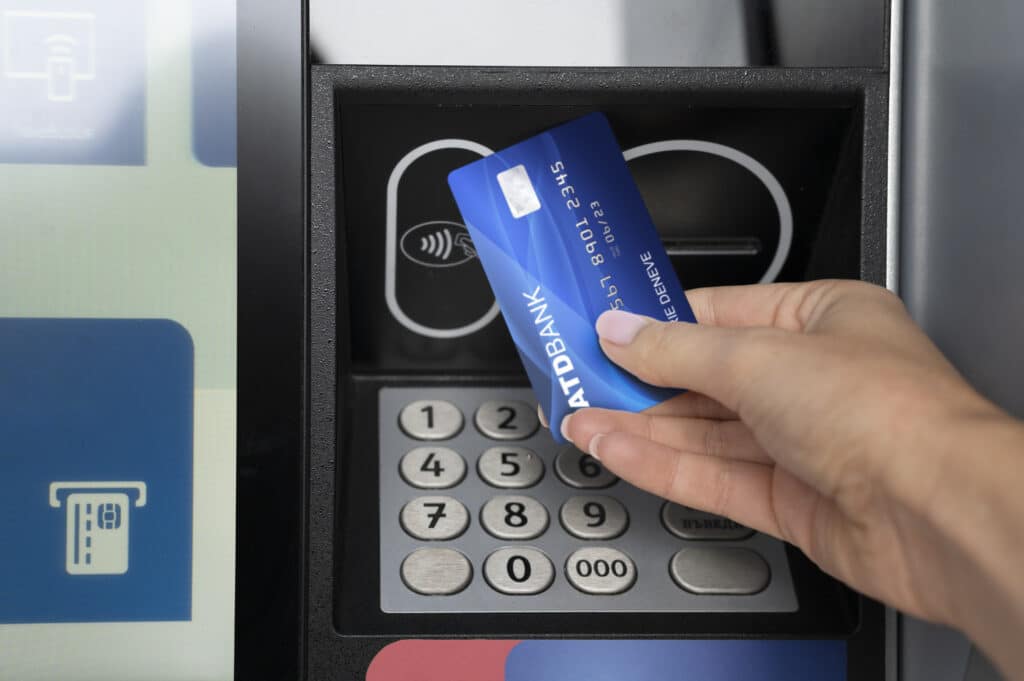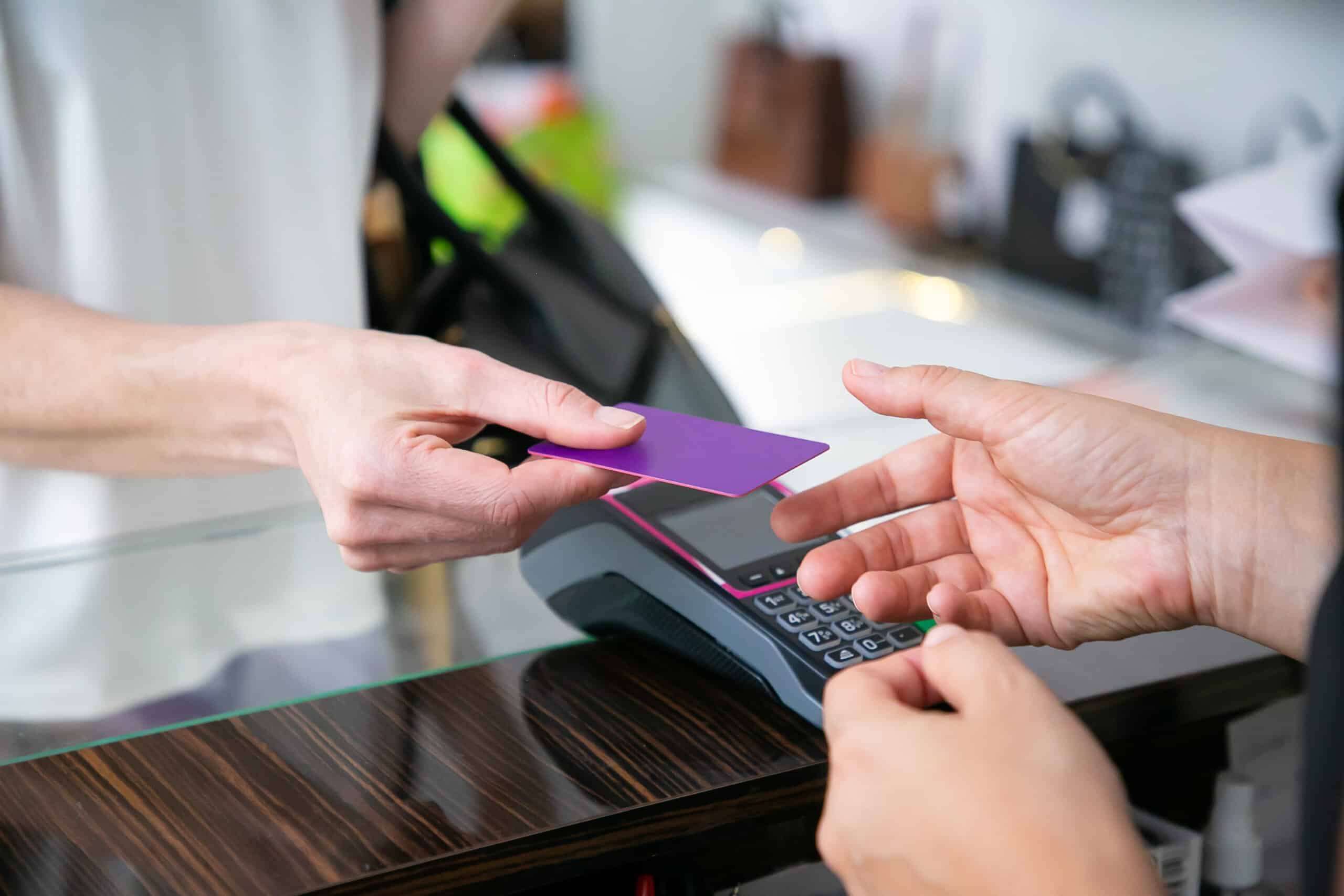How to Use a Bank Identification Number Checker: A Comprehensive Guide

Learn how to effectively use a Bank Identification Number (BIN) checker for fraud prevention, security enhancement, and operational efficiency.
Overview of Bank Identification Numbers (BINs)
Furthermore, the comprehensive insights derived from BINs empower businesses to optimize their payment processes, enhance customer experience, and bolster their defenses against fraudulent practices. [2]. For example, when a retail chain integrates BIN data into its payment processing system, it can streamline transactions, reduce the risk of fraudulent payments, and ensure a seamless checkout experience for customers. By leveraging the detailed information provided by BINs, businesses can make informed decisions that not only protect their financial interests but also enhance customer trust and satisfaction, underscoring the critical role that BINs play in the modern payment ecosystem.

Bank Identification Number (BIN) Basics
A Bank Identification Number (BIN) is the initial six digits of a credit card number that disclose essential information such as the issuing bank, card brand, type, level, and country. These digits can be broken down further into components like the Major Industry Identifier (MII), Issuer Identification Number (IIN), and specific institution identification [3]. The first digit of a BIN serves as the Major Industry Identifier (MII), indicating the type of institution, providing valuable insights into the card’s origin and characteristics. For instance, when a BIN lookup is conducted on a credit card, the first six digits reveal information about the card’s issuing bank, card brand, type, level, and country. This data is crucial for merchants to accurately process payments, assess transaction risks, and prevent fraudulent activities.
One example of a BIN is the first six digits of a Visa credit card number, which reveal that the card was issued by a bank in the United States and belongs to a certain card brand and level. Understanding these details can assist businesses in making informed decisions regarding payment processing and fraud prevention. Moreover, by delving deeper into the components of a BIN such as the Major Industry Identifier (MII) and Issuer Identification Number (IIN), merchants can gain a comprehensive understanding of the card’s characteristics and origin, allowing for more effective transaction processing and risk assessment.

Accessing and Utilizing a BIN Checker Tool
When accessing a BIN checker tool, businesses are provided with a powerful resource to verify card information efficiently. For example, consider a scenario where an e-commerce platform integrates a BIN checker tool into its payment processing system. This integration allows the platform to instantly verify the authenticity of each card used in transactions, reducing the risk of accepting fraudulent payments. Moreover, the step-by-step process of utilizing a BIN checker ensures that businesses can quickly and accurately verify card details before processing payments, contributing to a secure transaction environment. By utilizing a BIN checker tool, businesses can streamline their payment verification process, enhance security measures, and ensure seamless transactions for their customers.
Furthermore, the integration of BIN checker data into e-commerce platforms not only aids in verifying card authenticity but also enhances the overall user experience. For instance, when a customer makes a purchase, the BIN checker tool can swiftly identify the card issuer and provide relevant information to streamline the payment process. This seamless verification process not only boosts customer confidence in the platform’s security measures but also minimizes the chances of payment disputes or chargebacks. In essence, the utilization of BIN checker tools is a proactive approach for businesses to safeguard against fraud while optimizing transaction processing efficiency. By incorporating BIN checker tools into their payment processing systems, businesses can enhance their fraud prevention measures, streamline transaction processes, and provide a secure payment environment for their customers.

Interpreting and Analyzing BIN Checker Results
When merchants interpret the results from a BIN checker, they gain a deeper understanding of crucial card information like the issuing bank, card network, country of origin, card type, level of the card, and its category. For instance, knowing the card’s country of origin can help merchants determine whether international transaction fees may apply, allowing them to provide more accurate cost estimates to customers. Moreover, identifying the card network can aid in streamlining payment processing, ensuring that transactions are routed efficiently based on the network’s guidelines. By analyzing BIN checker results, businesses can make informed decisions regarding payment processing, fraud prevention, and security measures.
Additionally, analyzing BIN data empowers merchants to enhance their fraud prevention strategies by recognizing irregular patterns or discrepancies in transactions. For example, if a BIN lookup reveals multiple failed verification attempts with the same card issuer but different card details, it could signal potential fraudulent activities. By utilizing this information effectively, merchants can proactively address suspicious transactions, safeguarding their business from financial losses and reputational damage. This proactive approach is essential in today’s dynamic landscape of digital payments. By interpreting and analyzing BIN checker results, businesses can gain valuable insights into card information, transaction risks, and fraud prevention strategies, enabling them to make informed decisions that protect their financial interests and ensure secure payment transactions.
Taking Action Based on BIN Checker Information
Merchants can leverage BIN checker information to make informed decisions and prevent credit card fraud effectively. By incorporating BIN data into their regulatory compliance practices and risk management strategies, businesses can ensure secure and efficient financial transactions. Additionally, integrating BIN data into anti-fraud tools can provide an added layer of protection against BIN scamming and fraudulent transactions. By proactively utilizing BIN information, businesses can safeguard their operations and enhance customer trust. For example, a retail business can utilize BIN checker information to verify card authenticity, assess transaction risks, and prevent fraudulent activities, thereby safeguarding their revenue and reputation.
Understanding the insights derived from a BIN checker can aid merchants in assessing transaction risks and setting appropriate fees. For instance, a merchant processing a high-value transaction can use the BIN information to verify the card’s authenticity and assess the associated risk based on the issuing bank and country of origin. This detailed analysis empowers merchants to make well-informed decisions that contribute to a secure payment environment and prevent potential fraudulent activities. By taking action based on BIN checker information, businesses can enhance their fraud prevention measures, streamline payment processes, and protect their financial interests.
Enhancing Transaction Processing Efficiency with BINs
In the realm of transaction processing, businesses rely heavily on the understanding of Bank Identification Numbers (BINs) to optimize their operations. By comprehending the nuances of BINs, companies can efficiently process transactions, accept a wide array of payment methods, and hasten the overall speed of their processing systems, [3]. For instance, an e-commerce platform that integrates BIN data can swiftly identify the type of card being used and process the payment accordingly, enhancing the customer experience and reducing processing time. Moreover, BINs are not only instrumental in transaction processing but also hold immense value in chargeback management strategies. Through the utilization of BINs, businesses can mitigate risks associated with chargebacks, identify potential fraudulent activities, and ultimately fortify their financial operations.
Additionally, understanding BINs allows businesses to optimize their transaction processing efficiency, accept various forms of payment, and expedite processing times, [3]. By incorporating BIN data into their payment processing systems, businesses can tailor their services to accommodate different card types, enhancing customer satisfaction and loyalty. For example, a retail store that processes transactions using BIN information can efficiently route payments, reduce errors, and provide a seamless checkout experience for customers. This level of customization not only benefits the business but also fosters customer trust and loyalty, ultimately contributing to the long-term success of the merchant’s operations.
Conclusion
Effectively utilizing a Bank Identification Number Checker is imperative for businesses looking to fortify their fraud prevention measures, strengthen security protocols, and streamline operational processes, [2]. Through the comprehensive analysis of BINs, businesses can gain invaluable insights into card issuers, transaction risks, and fee management strategies. For instance, when a merchant uses a BIN checker tool to verify a card’s authenticity, they can promptly identify the issuing bank, card brand, type, level, and country associated with the card. Moreover, by integrating BIN checker data into their e-commerce platforms, businesses can facilitate smoother transactions and elevate the overall user experience. By leveraging BIN data, businesses can optimize their payment processes, enhance security measures, and ensure a seamless transaction environment for their customers, ultimately contributing to the efficiency and success of their operations.




